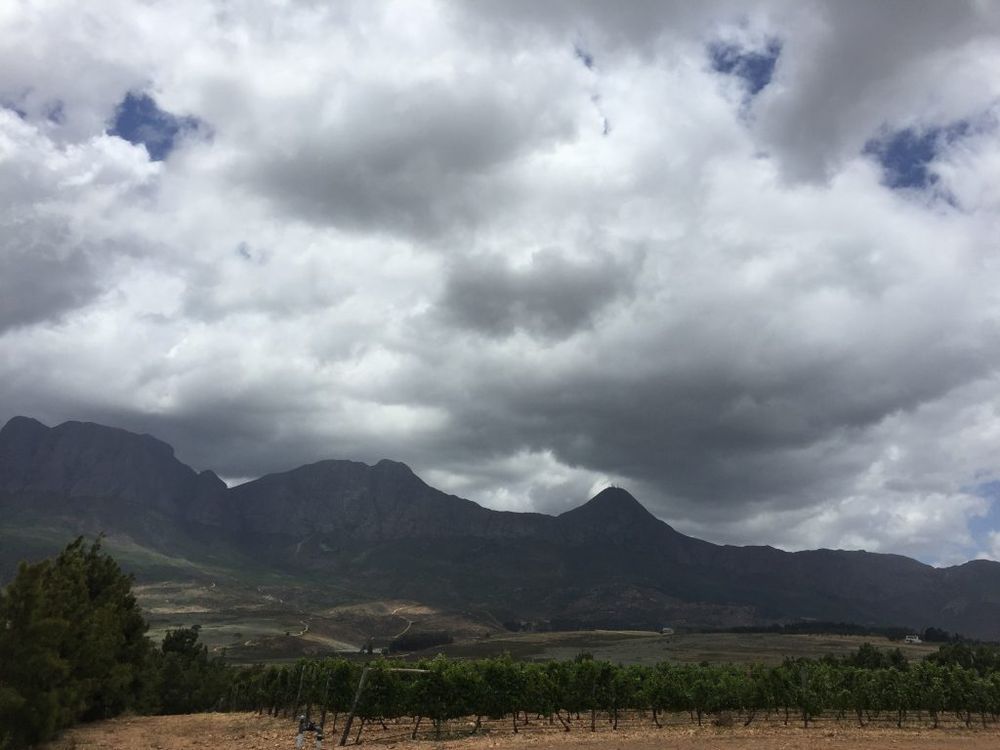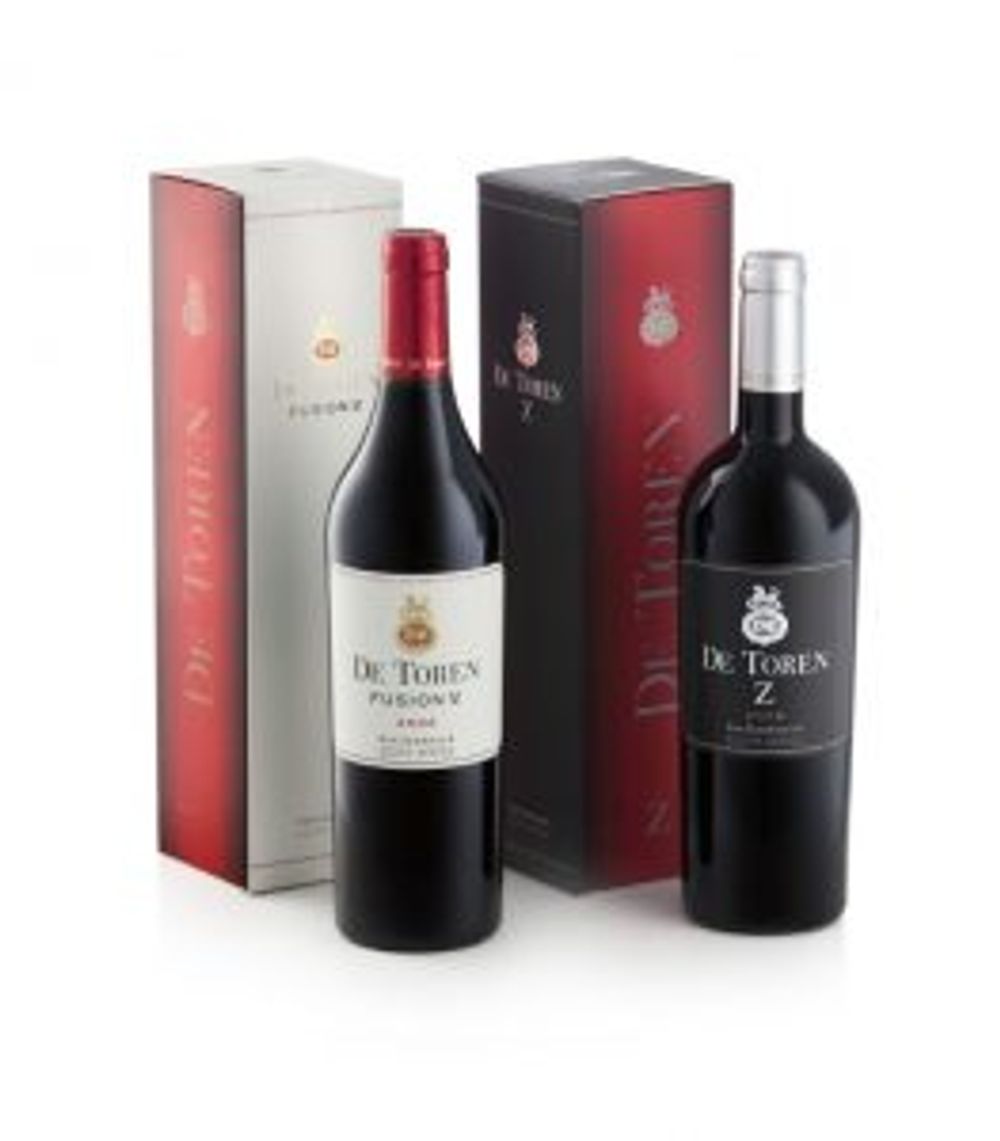It is the best and worst of times for the South African wine industry. Demand and interest for its high quality wines have never been greater, but the average overall price point for its wines still sits dangerously low.
Despite its long history, the emergence of the South African wine industry into the competitive international market is still a new one. Which is why it is still arguably struggling to decide which is its right way forward. High volume, competitive bulk wine, bottled supermarket wines, or high end, niche wines? The good news is that all three have found a market and a demand around the world, the bad news is the balance between them is out of kilter in terms of developing a long term sustainable industry for all growers and producers.
You only have to visit for a short while to get a sense of the enormous changes taking place around you. Like Tulbagh’s switch from high volume, sweet white wine to quality Shiraz, or coastal Elgin and Walker Bay fast emerging as pre-eminent areas for Pinot Noir and Chardonnay.
Such changes make South Africa refreshingly unpredictable, as producers search to make the next breakthrough. However, it also makes the country hard to pin down, for producers and regions to make a firm impression on overseas consumers, and to stand up against international rivals.
Price competitive

Despite its enormous appeal, clouds are emerging across the South African wine industry
One advantage South African wines have over other countries is their low price, which is extraordinarily competitive given the consistent quality. As welcome as such prices are to the consumer, they also present a roadblock to the long-term development of the wine industry. “Our wines are simply too cheap,” says Dewaldt Heyns, winemaker at Tulbagh’s highly acclaimed Saronsberg. “People don’t take them seriously.”
It is not surprising that a winery representative complains that their wines cost too little, but in the case of South Africa it may well be a valid concern.
In the UK retail market, South Africa is now the fifth biggest-selling country, but price per bottle is among the lowest. At an average of just £4.79, a bottle of South African wine compares unfavourably with New World competitors such as Australia (£5.21), Chile (£5.32), or the USA (£5.44) (Figures up to December 2015, USDA).
South Africa cannot compete around the world if its wines are sold at such low prices. Christo Deyzel, manager at Vergelegen Estate’s Camphor restaurant in Stellenbosch, repeats the refrain: “Our wines are too cheap. Consumers cannot make an association with quality because the price points aren’t there.”
He adds: “We’ve created a perception that they’re cheap because of the lower prices, but we can’t justify raising prices – it wouldn’t make sense with our costs of production.”
Things are not any easier in the domestic market which is simply unwilling to pay more than 100R (£5.90) for a bottle of wine; understandably so, as wine at that price point is usually of good quality. As much as South African producers wish to reach out to international markets, domestic consumers limit their ambitions. “You can’t make huge changes because you already have a following,” laments Pierre Wahl, winemaker at Rijk’s and specialist in premium Pinotage.
Around the world low prices are often set due to the market pressure of big brands, but not in South Africa. “Our brands are too small,” says Deyzel, explaining that there are no brands large enough to break into the international market and open it to smaller producers.
“It’s difficult to build a brand overseas,” adds Heyns, whose export sales at Saronsberg account for 35% of their total. Wahl also acknowledges the difficulty of selling premium wines in the UK market: consumers naturally associate South African wines with lower price points and are unwilling to pay the higher prices the wines deserve. “The UK is very price sensitive,” he says. “We’ve dropped the prices but it doesn’t seem to help.”
Changing perceptions
If any region is to rise above South Africa’s low prices then it has to be its most well known and influential; Stellenbosch. Martin Fourie, assistant winemaker at De Toren, a leading producer of premium Bordeaux blends, notes a price point far above the 100R domestic consumers will pay: “In South Africa, luxury wines are considered to be 750R (£45) and above.”

Fusion V and Z, their Cabernet- and Merlot-based blends, sell domestically for 430R and 330R (£25 and £20), well below that bracket despite being world-class wines. In response, De Toren have launched two new limited-production ranges, targeted at the luxury international market. XVII is another Bordeaux blend, while Black Lion is from Shiraz. Both are packaged in a wooden box and frame and sell for 2,500R (£150) each.
Elsewhere in Stellenbosch, Rust en Vrede have a range of single-vineyard wines selling at around 900R (£55) and their limited Syrah/Cabernet Sauvignon blend 1694 sells for over 1,300R (£85), again in luxury wooden packaging.
Beyond Stellenbosch, such prices are rare. Instead, the industry focuses on the distinctiveness of its regions. “South Africa is very diverse,” argues Wahl, “with pockets of microclimates, but it lacks the focus that France, for instance, already has. The New World is brand driven, but the Old World is terroir driven. That’s what we need to work on.”
He believes producers need to decide which varieties works best for their winery and to develop those rather than try and grow right across the board. He believes it only dilutes its offer and appeal. “South Africa thinks it can do everything. The route that South Africa needs to go on is to specialise in two or three varieties,” he argues.
Big decisions
South Africa has to make some big decisions about how to move its wine industry on from its post-apartheid boom and become recognised for more than good-value wine. How South African wineries can collectively champion its diverse regions, its distinctive wines, and its best producers is the pressing question. South Africa has the attention of price-conscious consumers in the crowded UK market; its next step is to persuade them to pay more for the wines.
































